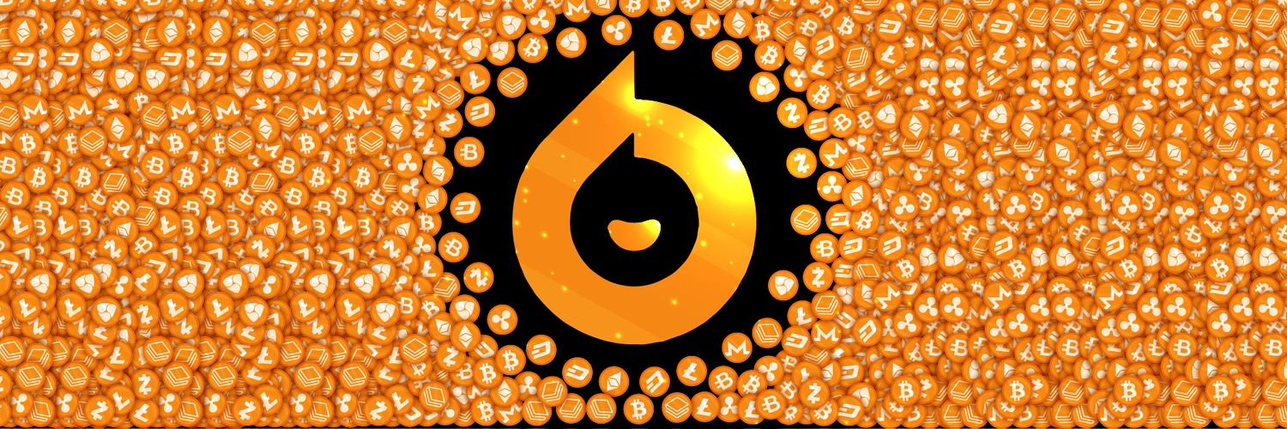


Meme Networkの価格MEME
Meme Networkに投票しましょう!
Meme Network (MEME)について
Meme Network Tokenの重要性と特徴
Meme Network Tokenは、ブロックチェーン技術を活用した暗号通貨の1つで、近年その認知度と世界的な影響力を急速に拡大しています。この記事では、Meme Network Tokenの歴史的重要性と主要な特徴について説明していきます。
Meme Network Tokenの歴史的背景
暗号通貨が登場したのは、2008年のビットコイン生成以降であり、それ以降、ダークウェブでの取引や一部のオンライン企業による支払い方法として使用されてきました。しかし、それはあくまで一部のコミュニティや熱心な技術者たちによるものであり、一般の人々にはほとんど知られていなかった。そんな中で、より多くの人々に暗号通貨の利点を理解してもらうために誕生したのがMeme Network Tokenです。
Meme Network Tokenの主要な特徴
Meme Network Tokenの最大の特徴は、それがユーザー間でリアルタイムに独自のトークンを作成、共有、取引することを可能にした初のプラットフォームであることです。これにより、ユーザー間の直接取引が可能となり、従来の金融システムの制約を受けることなく、全く新しい種類のエコノミーを実現しました。
その他の主要な特徴としては、以下のようなものがあります。
-
分散化: Meme Network Tokenはブロックチェーン技術を基にして構築されており、中央管理者の存在しない完全に分散化した通貨です。
-
アクセシビリティ: このトークンはインターネットが使える場所ならどこでも取引が可能であり、普遍的なアクセシビリティを提供しています。
-
セキュリティ: ブロックチェーン技術の採用により、ユーザーの財務情報の安全性を保証しています。
-
透明性: すべての取引はブロックチェーン上で公開され、バックトレース可能なため、公平で開放的な取引が可能です。
これらの特徴は、Meme Network Tokenが急速に普及している理由を明確に示しています。
まとめ
Meme Network Tokenは、その独自の特性と利点を持つ新世代の暗号通貨として注目を浴びています。その分散化とアクセシビリティ、セキュリティ、透明性の高さという特性は、新しい形のエコノミーを作り出し、世界中の人々に影響を与えることが期待されています。Meme Network Tokenは、未来の金融システムの可能性を広げる重要な一歩となるでしょう。
Meme NetworkのAI分析レポート
本日のMeme Network価格(JPY)
Meme Networkの価格履歴(JPY)
 最低価格
最低価格 最高価格
最高価格 
Meme Networkの最高価格はいくらですか?
Meme Networkの最安価格はいくらですか?
Meme Networkの価格予測
2026年のMEMEの価格はどうなる?
2031年のMEMEの価格はどうなる?
よくあるご質問
Meme Networkの現在の価格はいくらですか?
Meme Networkの24時間取引量は?
Meme Networkの過去最高値はいくらですか?
BitgetでMeme Networkを購入できますか?
Meme Networkに投資して安定した収入を得ることはできますか?
Meme Networkを最も安く購入できるのはどこですか?
Meme Network保有量
Meme Networkの保有量分布表
Meme Networkの集中度別保有量
Meme Networkの保有時間別アドレス

Meme Networkのグローバル価格
- 1
- 2
- 3
- 4
- 5
Bitgetの新規上場
もっと購入する
暗号資産はどこで購入できますか?
動画セクション - 素早く認証を終えて、素早く取引へ

Meme Networkの評価
Bitgetインサイト

関連資産
Meme Networkの追加情報

































